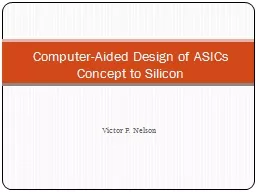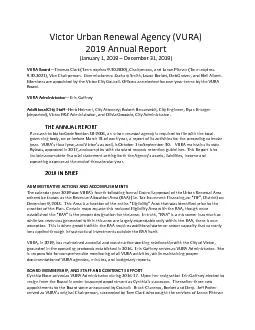PPT-Victor P. Nelson Computer-Aided Design of ASICs
Author : kittie-lecroy | Published Date : 2020-01-07
Victor P Nelson ComputerAided Design of ASICs Concept to Silicon ASIC Design Flow Behavioral Model VHDLVerilog GateLevel Netlist TransistorLevel Netlist Physical
Presentation Embed Code
Download Presentation
Download Presentation The PPT/PDF document "Victor P. Nelson Computer-Aided Design o..." is the property of its rightful owner. Permission is granted to download and print the materials on this website for personal, non-commercial use only, and to display it on your personal computer provided you do not modify the materials and that you retain all copyright notices contained in the materials. By downloading content from our website, you accept the terms of this agreement.
Victor P. Nelson Computer-Aided Design of ASICs: Transcript
Download Rules Of Document
"Victor P. Nelson Computer-Aided Design of ASICs"The content belongs to its owner. You may download and print it for personal use, without modification, and keep all copyright notices. By downloading, you agree to these terms.
Related Documents














